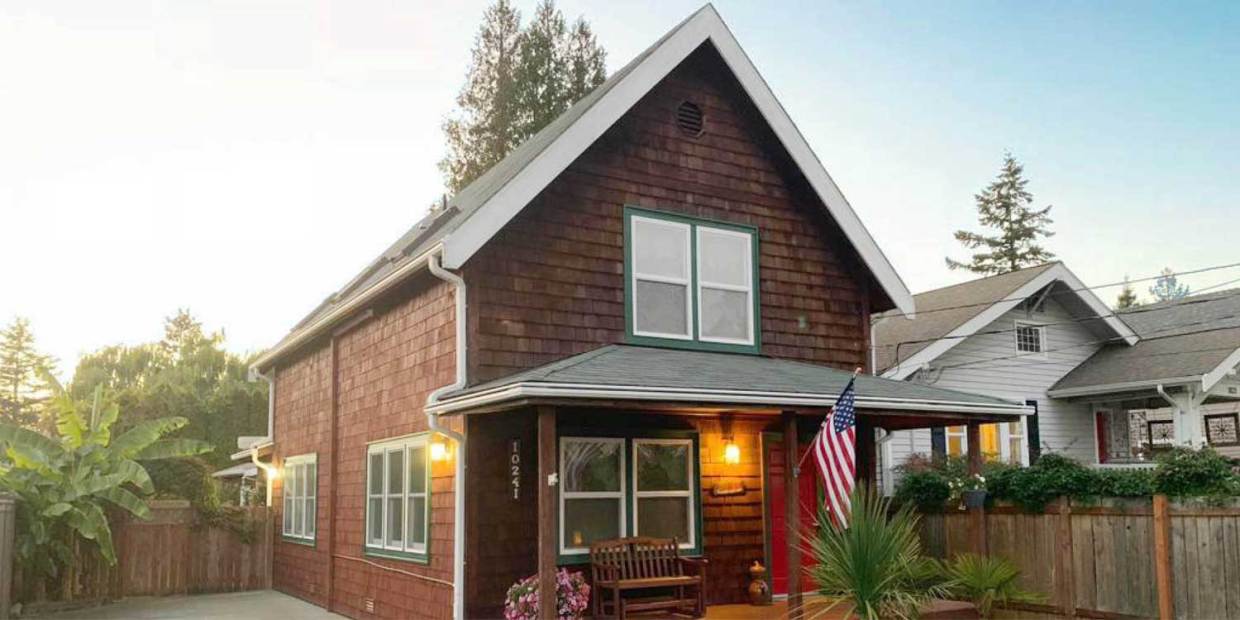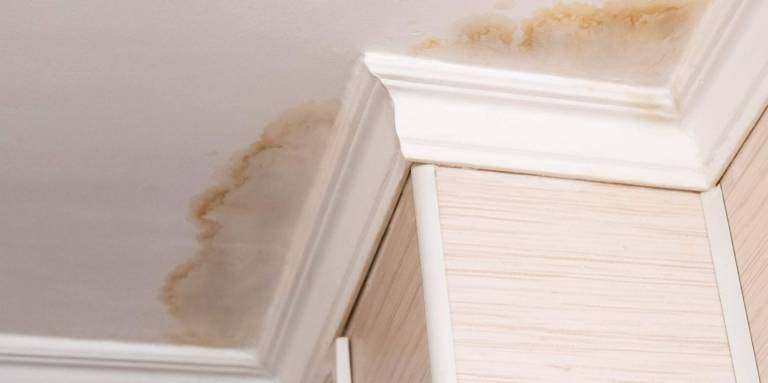Your gutters should be attached to your house’s fascia with a slope, so the water runs toward the downspout. But what do you do if the gutters are not draining and notice the gutter’s slope has become flat? Making repairs can become cumbersome and time-consuming.
Repairing Existing Gutter Slope
First, check your gutters to see if anything might be causing them gutters to sag. Excess leaves and debris and the water that isn’t draining properly can cause sag. Also, birds, rodents, or insect nests can weigh down your gutters. Removing these problems from your gutter can sometimes correct the problem. However, if your gutters are of poor quality, mere removal of debris may not help.
The gutters will likely have to be removed from the fascia to repair the slope. Inspect the gutters to see the condition before reinstalling them on your house. You may need to buy a new length of the gutter if there are severe dents, bends, or cracks that would cause the gutter to clog again or leak if it was reinstalled. A flimsy gutter will not protect your home from water damage
To install a gutter with the correct slope, follow these steps:
- Measure the length of the gutter that you plan to adjust. A gutter over 30 feet needs two downspouts. It should pitch from the middle toward the downspouts at each end.
- Start on the end of the gutter farthest from the downspout and measure the space from the roof edge to the top of the gutter. Mark the measurement on the fascia board.
- Take the exact measurement at the opposite end near the downspout. Add 1/2 inch or 1 inch to this measurement depending on the gutter length, and mark the fascia.
- Loosen the screws holding the gutter brackets and release the gutter from the building. Detach the downspout connection if it’s in your way. You can tack the gutter temporarily in a lower position with some nails if you like.
- Snap a chalk line from the first and highest mark to the mark by the downspout end.
- Place the gutter against the fascia and line it up with the chalk line.
- Tighten the gutter brackets to hold the gutter in the new position.
- Check your work by running a garden hose in the gutter. Water should flow away immediately.
- Reassemble the downspout.
It takes time and much effort to complete this job. And it can be a little complicated. Do you have the time to look after your gutters continuously?
Never Worry About Gutter Slope Again
Leafguard can help you solve your problems with gutter slope. Get Leafguard® and never worry about slope, clogging, debris, or sagging gutters again. Our system keeps leaves, animals, insects, and pollen out of your gutter. Leafguard is the seamless gutter system guaranteed never to clog, or we will clean your gutters for free.
Leafguard’s seamless one-piece design is more robust and durable than any other gutter system. Our gutters are made from aluminum 20% thicker than the industry standard and downspouts 30% larger than our competitors. The gutters are supported every two feet, which is twice the industry standard, providing strength against sag and loss of slope, and ensuring protection against the harshest weather conditions.
Leafguard can be installed on your home in one day. The gutters are custom fit by our professional installers to the exact specifications of your home — no need to worry about performance, fit, or unsightly seams. With Leafguard, enjoy clog-free gutters guaranteed. Your gutters will hold tight to the fascia and slope in the correct direction without sagging. Leafguard. Get it and forget it!


